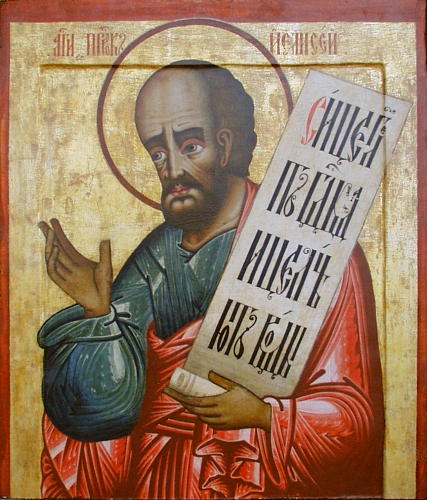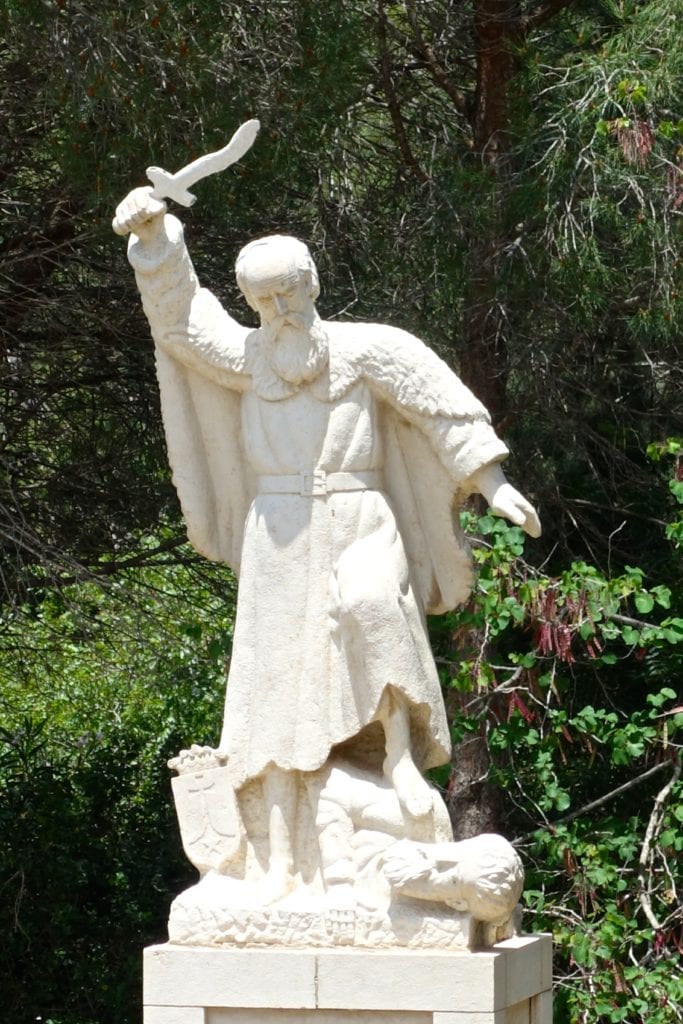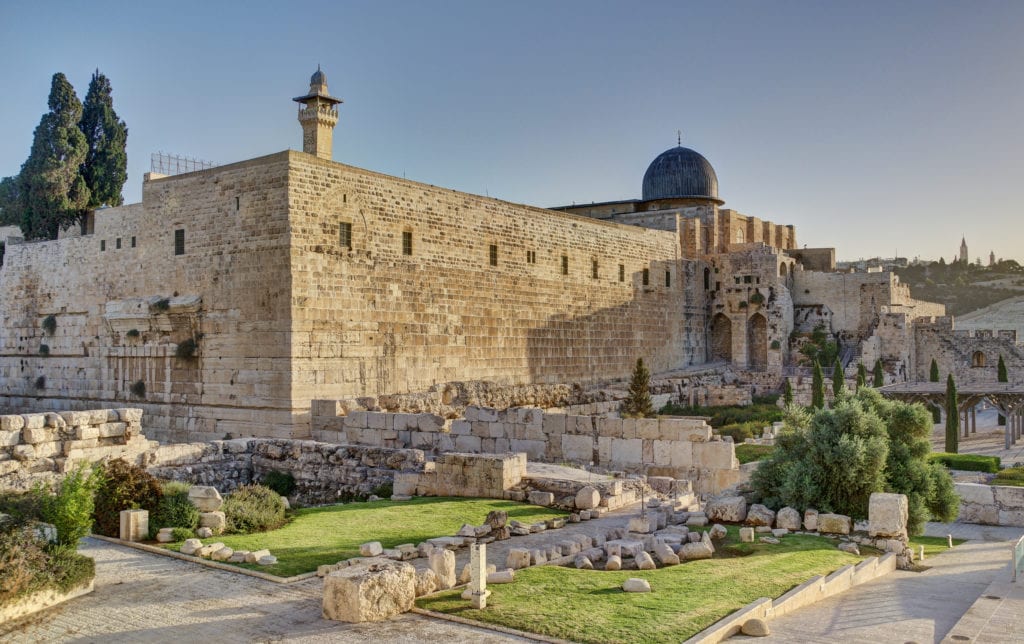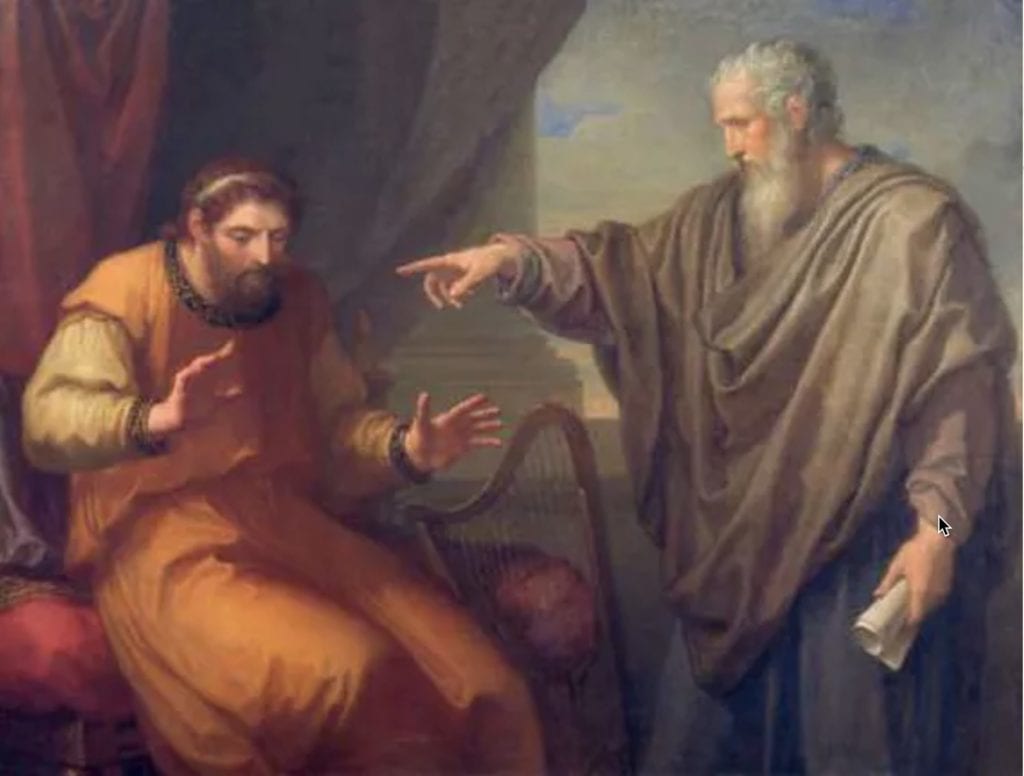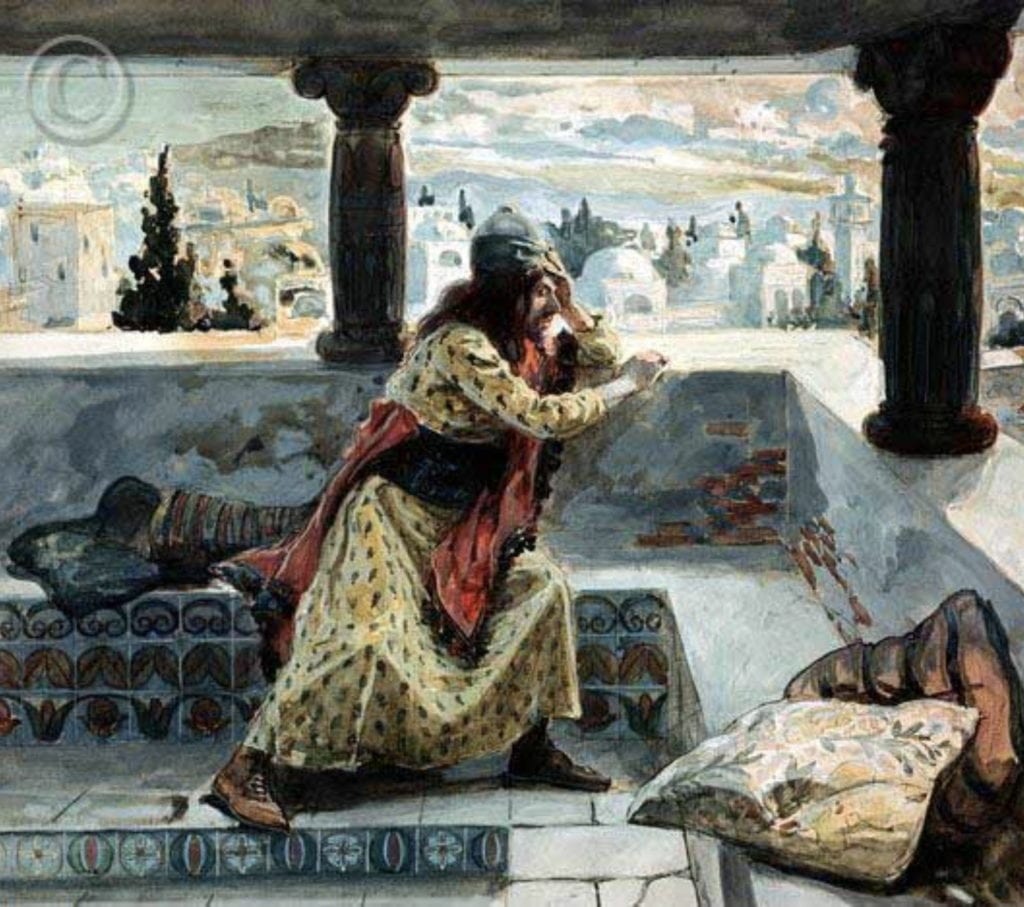Author’s note: This series shares six stories about members of The Church of Jesus Christ of Latter-day Saints from the Democratic Republic of the Congo. Each story is framed in the context of a Christlike attribute. This article with examples of obedience is an adapted and expanded from part 3 of a presentation given at the FairMormon 2018 Conference.
The Congolese saints are on the whole a faithful and obedient people. This is epitomized in the fact that, according to Elder Joni Koch, the DR Congo Kinshasa mission is not only among the fastest growing in the world, but also has the highest rate of sacrament meeting attendance — double the percentage of a typical stake in the United States. Quiet evidence of this faithfulness and devotion is to be found everywhere.
The video version of the entire FairMormon presentation is available on the FairMormon YouTube channel at https://www.youtube.com/watch?v=nJl9FvLKmjw
The article relating to this story can be found at the Interpreter Foundation website: “Obey … With Exactness” — Stories of the Saints in the DR Congo, Part 3
If you would like to watch the other presentations from the 2018 FairMormon Conference, you can still purchase video streaming.




